China's logistics sector demonstrated strong resilience and significant growth potential in the first four months of this year, with its overall operations on a steadily expanding trajectory despite external uncertainties, according to data released by the China Federation of Logistics and Purchasing (CFLP) on Tuesday.
From January to April, the nation’s total social logistics volume reached 115.3 trillion yuan ($16.01trillion) in value, marking a year-on-year increase of 5.6 percent. This growth reflected the sustained resilience of domestic logistics sector demand despite facing external pressure, the CFLP said.
Industrial products logistical volume grew by 5.7 percent year-on-year during the first four months. In April, the logistics demand of most industries remained positive, with 87.8 percent of the 41 major industrial sectors experiencing positive growth. Notably, the logistics demand for equipment manufacturing increased by 9.8 percent, while that related to high-tech manufacturing rose by 10 percent.
The logistics volume of goods for work units and households increased by 5.9 percent year-on-year from January to April, 0.1 percentage points higher than the figure seen in the first quarter. Driven by government policies to expand domestic demand, such as consumer goods trade-ins, and the support of new business formats like live-streaming sales, residential consumption logistics demand grew steadily.
Online e-commerce consumption remained vibrant, with the online retail sales of physical goods increasing by 5.8 percent year-on-year from January to April, 0.1 percentage points higher than that in the first quarter.
Against the backdrop of the release of the logistics data, China's manufacturing activity continued to show signs of improvement in May as production accelerated and market expectations strengthened, official data showed Saturday.
The PMI for China's manufacturing sector came in at 49.5 in May, up 0.5 points from April, according to the National Bureau of Statistics (NBS).
The sub-index for production rose to 50.7, up 0.9 points from the previous month, indicating faster manufacturing output. The new orders index also climbed by 0.6 points to 49.8.
Both the export and import indices have rebounded. The new export orders index and the import index stood at 47.5 percent and 47.1 percent respectively, rising by 2.8 and 3.7 percentage points compared with the previous month. Some enterprises involved in trade with the US reported in the survey that foreign trade orders are resuming at an accelerated pace, and the import and export situation has improved, according to NBS.
High-tech manufacturing continued its expansion for the fourth consecutive month, reaching 50.9. The sub-indices for the equipment manufacturing and consumer goods sectors rose to 51.2 and 50.2, respectively.
Market expectations also improved over the period. The production and business activity expectation index rose to 52.5, up 0.4 points from the previous month, indicating that manufacturing enterprises maintain steady confidence in near-term growth prospects.
The signals from recent economic indicators suggest that China's economic operation is expected to maintain its steady trend in the second quarter, analysts said.
Wu Chaoming, chief economist of Hunan Chasing Financial Holdings Co., told the Global Times that the positive developments showcase the effectiveness of large equipment renewal and consumer goods trade-in measures, and the accelerated development of the new quality productive forces continues to provide robust and stable support to China’s manufacturing sector.
Looking ahead, the positive export momentum is set to bolster the economic recovery in the second quarter this year, Wu said.
"The steady growth of logistics volume and the rise in the manufacturing PMI reflect increased domestic economic activity, smoother supply chains, and a gradual recovery in demand, all of which strongly indicate an economic upswing," Wang Peng, an associate research fellow at the Beijing Academy of Social Sciences, told the Global Times on Tuesday.
The logistics industry, the lifeblood of the economy, ensures smooth supply chains, cuts costs, and boosts efficiency, aiding the recovery of manufacturing and other sectors. The manufacturing industry, as the economic engine, drives coordinated development, creates jobs, increases incomes, and stimulates demand, powering the economy's stable growth in the second quarter, Wang said.
Li Chao, Spokesperson of the National Development and Reform Commission, said that the commission will work with relevant departments to quickly roll out a series of measures aimed at stabilizing employment, boosting the economy, and promoting high-quality development. Currently, all relevant departments are accelerating implementation, and most of these policy measures are scheduled to be implemented by the end of June, Li said.
Wang said that fiscal policies are expected to focus on key areas such as infrastructure construction, industrial upgrading, and people's livelihood protection to enhance policy effectiveness. Monetary policies will help maintain ample liquidity in the financial system and increase support for small and micro enterprises and green development, so as to optimize the economic structure.








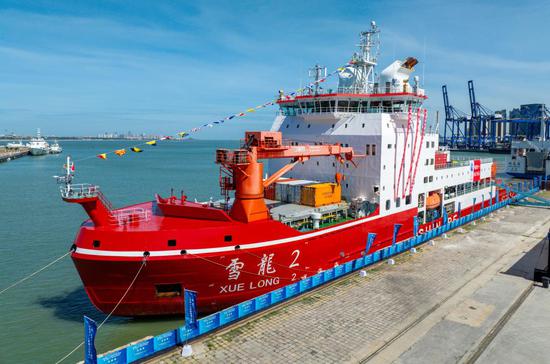



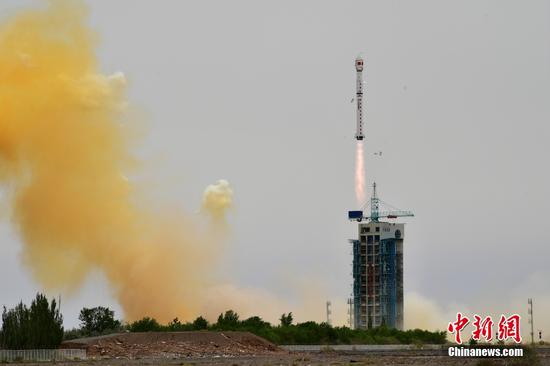
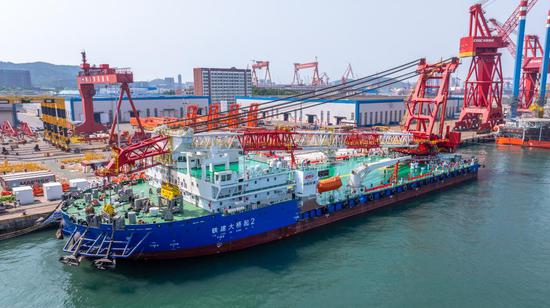

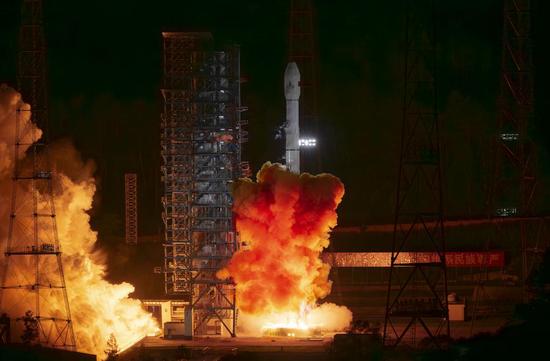

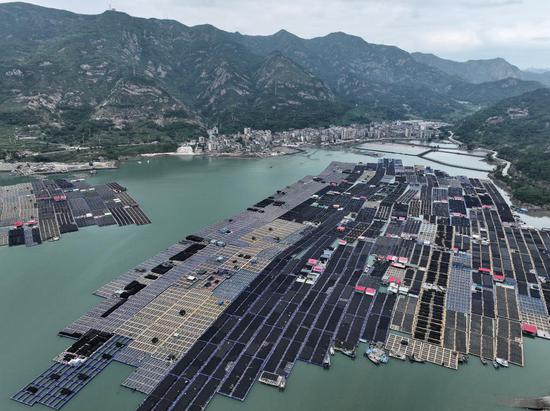







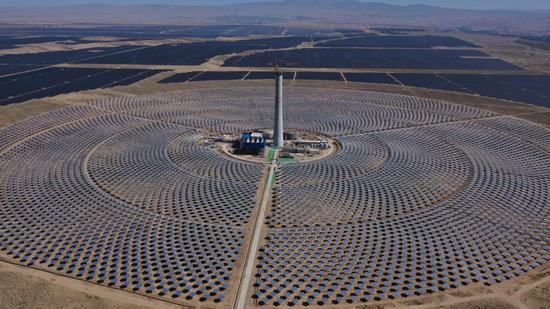

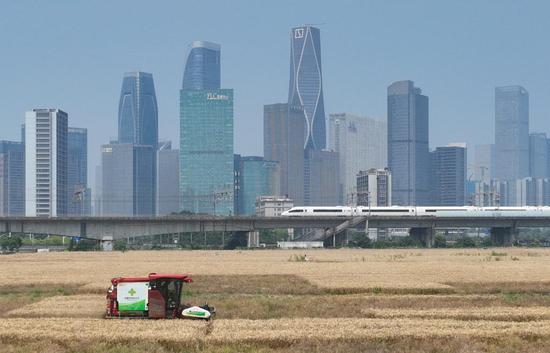





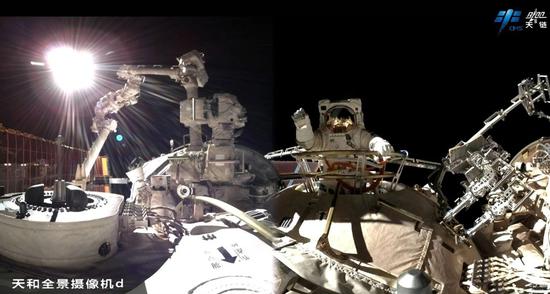
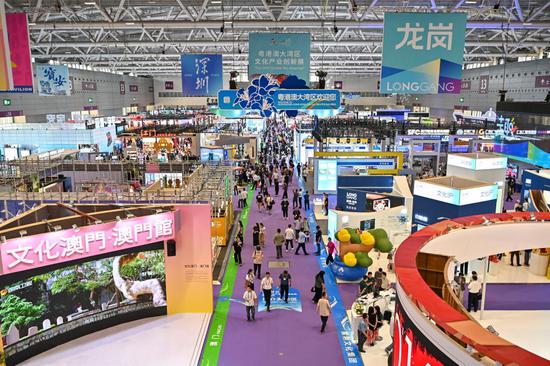


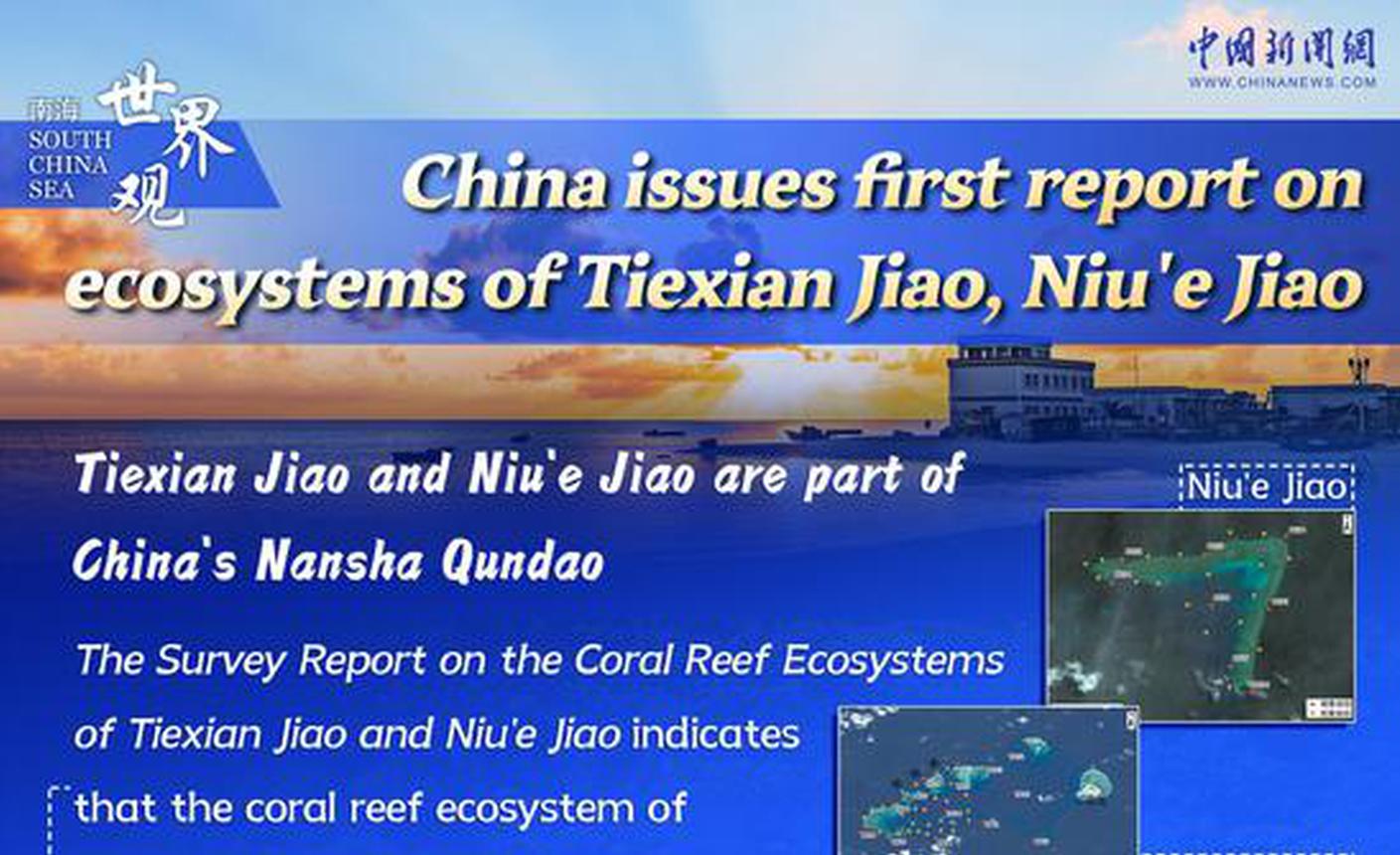
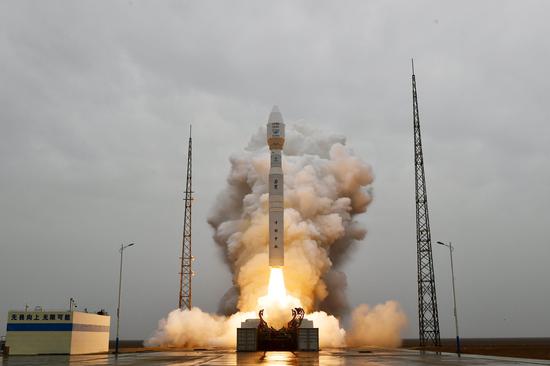


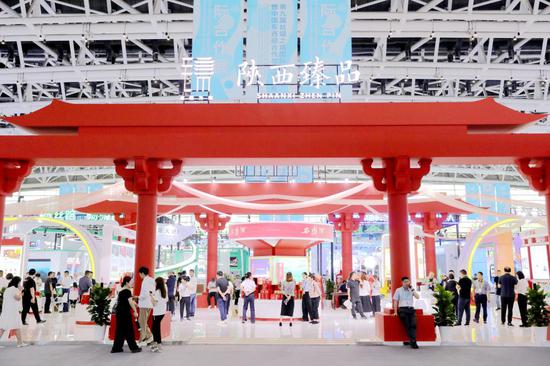








 京公網安備 11010202009201號
京公網安備 11010202009201號